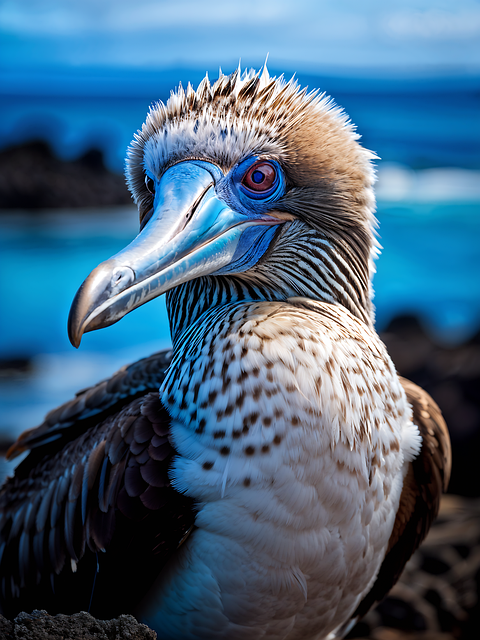Fossils of a large shark that lived during the time of the dinosaurs provide important information about this mysterious predator, showing that it was a distant ancestor of the great white shark.
Ptychodus sharks were initially found in the 18th century. Information about this species mainly came from their teeth, which were large and specialized for crushing shells. These teeth were commonly found in marine deposits from the Cretaceous era, which occurred between 145 to 66 million years ago.
Researchers were unable to determine the body shape of the shark without being able to study a complete specimen. This caused much debate among researchers until now.
Lead researcher Romain Vullo from Géosciences Rennes expressed his excitement over the discovery of intact Ptychodus specimens, as it helps to unravel a puzzling mystery in the study of vertebrate paleontology. Vullo shared this information in an email to Live Science.
A research paper published on April 24 in the journal Proceedings of the Royal Society B: Biological Sciences, scientists detailed the discovery of intact fossils of a shark found in limestone quarries in Nuevo León, northeastern Mexico. The preserved outline of the shark and its body structure indicate that it likely preyed on sea turtles, potentially leading to its extinction around 76 million years ago due to competition with other predators targeting the same prey.
The specimens are in excellent condition because they were buried quickly in a peaceful environment without any scavengers nearby, according to Vullo. The bodies of the animals were covered in soft lime mud and preserved before they could be completely broken down.
A new discovery of fossilized shark species has been found deep inside Mammoth Cave, which dates back 325 million years.
Receive the most interesting discoveries from around the world sent directly to your email inbox.
Examination of the fossilized remains showed that this formidable predator was part of the Lamniformes group, which also includes well-known species like great white sharks, mako sharks, and salmon sharks. This predator reached a length of approximately 33 feet (10 meters) and was characterized by its large, serrated teeth, which differed from the teeth of modern sharks.
Many previously thought Ptychodus primarily ate invertebrates that lived on the ocean floor, similar to clams and mussels. However, new fossil findings suggest otherwise, showing that this ancient shark had a sleek body shape, suggesting it was a fast-moving predator that lived in the open ocean. Fossils found in Mexico now indicate that Ptychodus resembled the modern porbeagle shark in appearance, but with distinct teeth designed for grinding food.
The researchers now believe that this new information suggests that the creature hunted and fed on large ammonites, which are a type of crustacean that have a tough outer shell, as well as sea turtles.
According to Vullo, Ptychodus had a unique role in Late Cretaceous oceans as the only pelagic shark able to eat hard-shelled prey like turtles. This could be why it became extinct around 10 million years before the end of the Cretaceous period when a significant extinction event occurred. Vullo suggests that by the end of the Cretaceous period, these large sharks may have been competing with marine reptiles like mosasaurs who were also hunting the same prey.
Correction made on April 24 at 6:24 ET: The headline of an earlier version of this article incorrectly stated that Ptychodus was an ancestor of great white sharks. It has been clarified that Ptychodus is actually a relative of great white sharks.


























